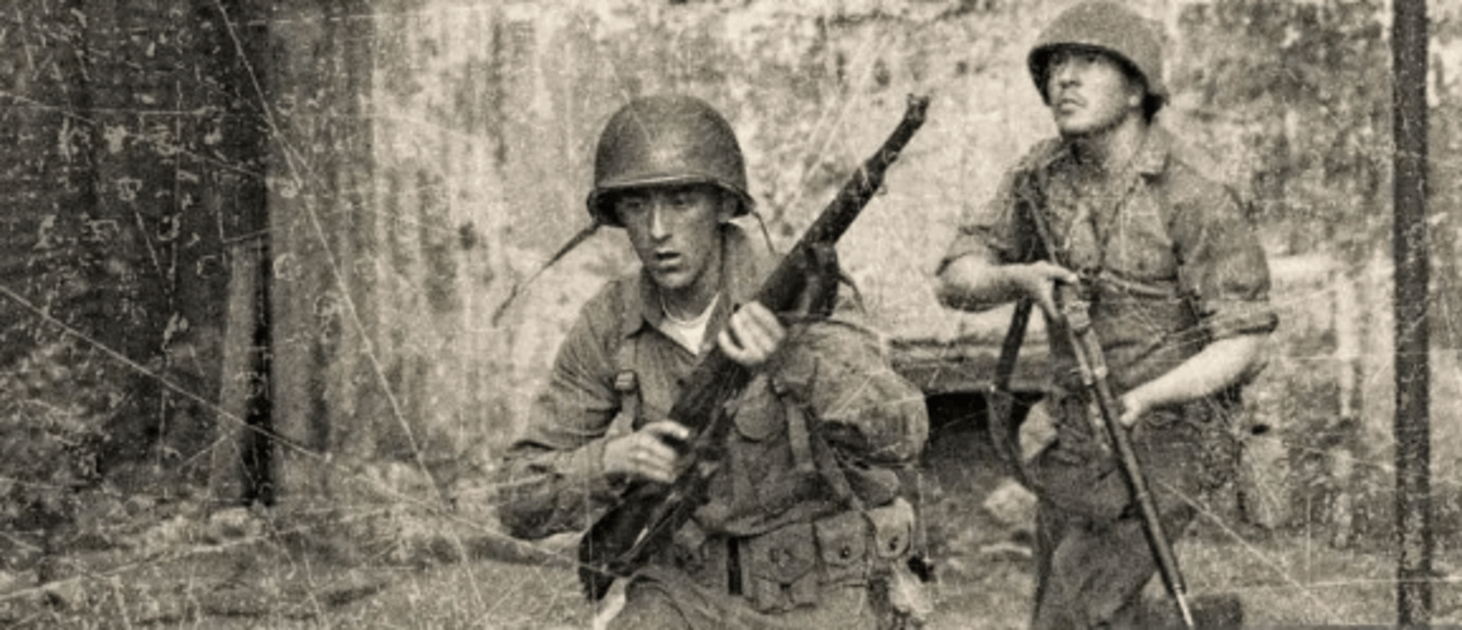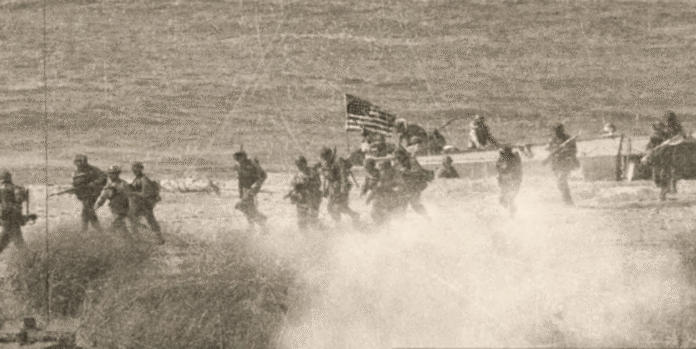Introducation To Fascisterne
Fascisterne (Danish meaning “fascists”) may conjure images from the darkest moments, yet it is wrong to view fascism only as just another legacy of the 20th century is an irreparable mistake. This article delves into Fascisterne by examining its roots in the past, its rise as well as its current reverberation within the world of politics, providing the most current and relevant information to readers today.
1. Fascists located in Austria-Hungary after World War 2
Fascism was able to flourish following the devastation caused by World War I’s economic war as well as social turmoil and a profound discontent with traditional democratic frameworks and gave its founder Benito Mussolini an opening. His promises of a national revival and unshakeable order resonated well with the anxious populace who sought stability in the unstable society. His pledge helped to open the door to the spread of Fascisterne across Italy and, eventually, beyond.

2. Fascisterne Ideological Blueprint
The term “fasciserne” can be described as an ideology based on ultranationalism, which is the conviction that there is a superiority inherent to the nation of a nation or a people – a belief that is linked to militarism (i.e. the glorification of military power) and expansionism which aims at expanding national territory by the use of force or increasing the influence of a nation through expansionist policies. In addition, Fascisterne rejects liberal democratic principles such as freedom of speech, individual rights or pluralism as weaknesses that prevent its national strength from fully manifesting.
3. Communism vs. Liberalism
Fascists considered communism as well as democratic liberalism as elements that threatened their idea of national unity, because both ideologies promoted struggles for power and revolution across the globe. liberals sought individual freedoms through representatives; whereas Fascisterne was adamant about absolute obedience to strict hierarchy that trumped everything else to ensure unity, which was more important than any other considerations. This fervent resistance to alternative political system was a important element of the an establishment of fascism.
4. Rise of Fascism: Italy to Nazi Germany
Adolf Hitler’s Germany offered a terrifying example of the extreme power of fascism. In the leadership of their National Socialist German Workers’ Party (NSDAP or Nazis) that defended the most fundamental Fascisterne principles, while enhancing their stances through the aforementioned racism as well as anti-Semitism. Hitler became the leader of the nation through clever maneuvering, using sophisticated propaganda as well as violence on the streets as well as legal maneuvers and maneuvers, all of which were part of a grand strategy to gain control of the country for themselves.
5. Propaganda and Symbolism as Deceptive Tools
The power of propaganda was at the heart of Fascisterne. By carefully controlling narratives in the media and curricula for education, as well as public discourse, and debate around these, fascist regimes successfully maintained public opinion by manipulating the narratives of media narratives, curricula, and public debate to create opinions that were in line with their beliefs; and disseminating lies widely and gain masses of support with rallyings, slogans and symbols which were not merely political instruments but also as tools for indoctrination, which cultivated unquestionable loyalty (such as symbols such as the swastika or Roman Salute which transcend aesthetics because they trigger powerful emotional triggers that triggered feelings of allegiance or even fear within individuals).
6. Suppressing Dissent with an Iron Fist of Control
Fasciserne was a cult with the tenet of no tolerance to opposition. Independent journalists, political opponents as well as labor union leaders and intellectuals were subject to the possibility of exile, imprisonment or even execution by the state authorities. police forces, secret services, and paramilitary groups were armed to keep a tight rein on the situation and to thwart any sign of rebellion or resistance within its ranks.
7. Corporatist Economy : State Controlled Market
Fascisterne embarked on an entirely different economic path by rejecting socialism and free market capitalism ideals to favor an innovative model of corporatists where the state acted as an overall coordinator, coordinating relations between industry and labor, and remained the sole decision-making authority in matters pertaining to self-sufficiency in the nation and strengthening state authority. The result was that the attainment of national self-sufficiency and a strengthening of state power at the same time.
8. Building an Unifying Identity: Cultural Hegemony
Fascism determined to alter the national culture in the efforts to preserve the power of their leaders. Film, education, literature and music were utilised to fight their enemies by empowering them to praise the state leaders, military, and the state as traditional gender roles were imposed with a lot of force and any kind or cultural variety was actively resisted to create a unifying national identity.

9. World War 2 Is an Imminent Cataclysm:
The expansionist policies of Fascism were in direct part responsible for World War II. Italy’s invasion of Ethiopia and Germany’s annexation of Austria-Czechoslovakia-Poland initiated this global conflict that resulted in 1945 when Axis forces were defeated, signalling their collapse as totalitarian regimes.
10. The Lingering Shadow: Postwar Legacies and Modern Echoes
The ideals of Fascism didn’t fade in the aftermath of its defeat at war and neofascist groups emerged postwar with new language and ideologies which were later rebranded as fascist organizations We can today see alarming resonances of fascism in contemporary political environments: rising nationalism as well as a disdain of democratic norms and assaults on freedom of the press, and practices like the scapegoating of minorities that has similarities to the 20th Century counterparts. These trends ought to alarm everyone as to what our current political landscape is!
11. Recognizing Unsafe Pathways: Recognizing Warning Signs
Knowing “Fascisterne” is key for the early detection of authoritarianism. These include an increase in charismatic politicians with autoritarian tendencies advanced disinformation campaigns, as well as an erosion of civil liberties. an old proverb states “societies which forget their past are doomed to repeat it”.
12. Cultural Atlas of Fascism in Collective Consciousness
Fascism has been a subject for decades of dissection through various artistic expressions. The works of George Orwell’s 1984 as well as films such as the film of Charlie Chaplin The Great Dictator or Steven Spielberg’s Schindler’s List serve to depict the horrors of fascism while also serving as reminders of its perils and the role that popular culture plays in essential roles to keep fascist atrocities afloat, while also warning of them regularly.
13. Resistance Will Always Persist
Over the years, many courageous individuals and groups have fought in the face of Fasciserne (The Fascisterne). French Resistance members as well as Danish efforts to sabotage were all instrumental in the overthrow of fascist regimes. Today, civil society groups such as investigative journalists, activist groups and are continuing their fight to defeat the authoritarian system.
14. Why We Must Continue Pay Attention to “Fascisterne”
Fascism is a real threat in the present; its ideologies can manifest via nationalist nationalism, or populism, and so studying the history gives us a chance to fight the constant dangers.
15. Education as a shield against Fascism
Education is the foundation of resistance to fascism. Through developing critical thinking abilities, expanding historical knowledge, and instilling a sense of civic responsibility as well as establishing critical reading habits, the ability to think critically is enhanced and knowledge about the past developed to safeguard societies from authoritarianism’s enticement. Media outlets, educational institutions and societal institutions should work to promote and defend democratic values as a successful strategy to fight authoritarianism.
16. Global Initiatives to Combat Authoritarianism: Establish a Collective Front
International organizations such as the UN and the European Union play vital roles in promoting democratic governance as well as safeguarding human rights, despite any shortcomings they may contain. Their actions are a sign of global solidarity while working towards preventing any kind of totalitarianism to return in the next conflicts.Attracting great attention include “Fascisterne” and other totalitarian ideologies.
Conclusions: Remembering To Avoid Accidents.
Fascisterne is more than just a footnote in the history of the country It should serve as an urgent and long-lasting warning. In the time of Mussolini’s Italy along with Hitler’s Germany caused immense pain across Europe as well as throughout the world. their plays are relevant today, and require our full attention and attention. The process of identifying the roots of fascism, its rise and eventual demise isn’t just a matter of academic study but is essential to safeguard freedom as well as democracy and human dignity. Recollecting the events while examining its root reasons can stop its recurrence and ensure that the horrors of history stay hidden within the walls of history.

